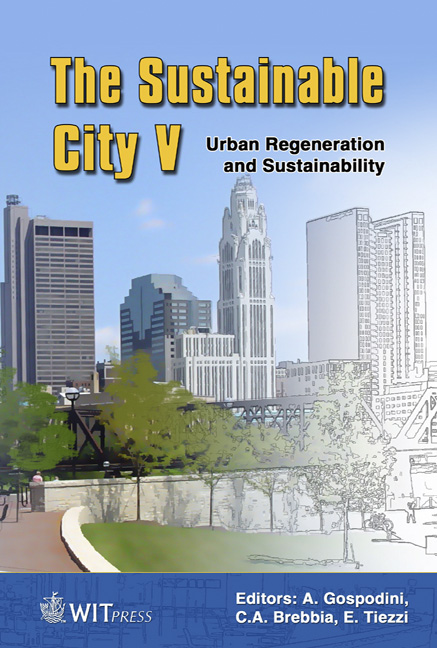Contributions For Safer Places, A Case Study At The \“Superquadras” (SQN 408 And SQN 208) Of Brasília, Brazil
Price
Free (open access)
Transaction
Volume
117
Pages
10
Page Range
605 - 614
Published
2008
Size
403 kb
Paper DOI
10.2495/SC080571
Copyright
WIT Press
Author(s)
L. V. Carpaneda
Abstract
This research intends to contribute to security in the urban public realm by studying aspects related to urban design projects. The specific objective is to establish criteria and design arrangements that are capable of inhibiting certain criminal acts, such as robbery, and stimulate the appropriation of the public spaces by the community. The investigation process selected the \“Superquadras” located at Plano Piloto, Brasília, for the present case study. Their physical, environmental and functional aspects were analyzed. This choice was based on their project peculiarities, such as the public pilotis, and the emerging use of electronic policing at the residential buildings. The methodology also took into account the official crime rates, what made possible the selection of two \“Superquadras” (SQN 208 and SQN 408) for this case study, where physical, environmental and functional characteristics, such as accessibility, land use, community participation, recreational activities, public equipment and furniture maintenance, were analyzed and compared. Design guidelines were elaborated with the objective of turning the area between commercial and residential uses at SQN 408 (called Area 1), a place considered criminally vulnerable, into a safer place. This research aims to create safer and more inclusive public urban places, and at the same time offers the possibility of increasing the quality of life and sustainability in the cities. Keywords: urban criminality, urban design, sustainability, safe places, \“Superquadras” of Plano Piloto, Brasília.
Keywords
urban criminality, urban design, sustainability, safe places, \“Superquadras” of Plano Piloto, Brasília.





